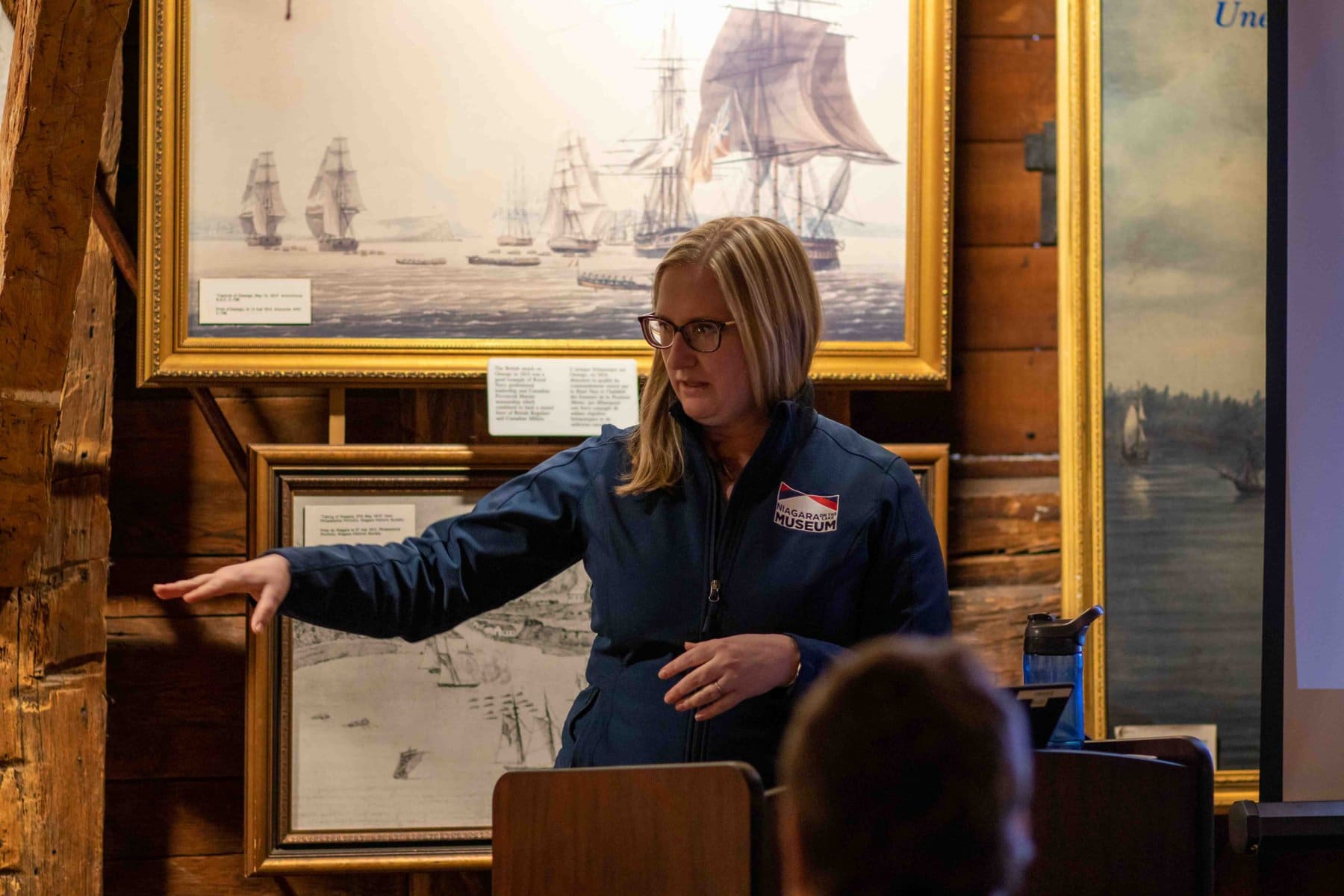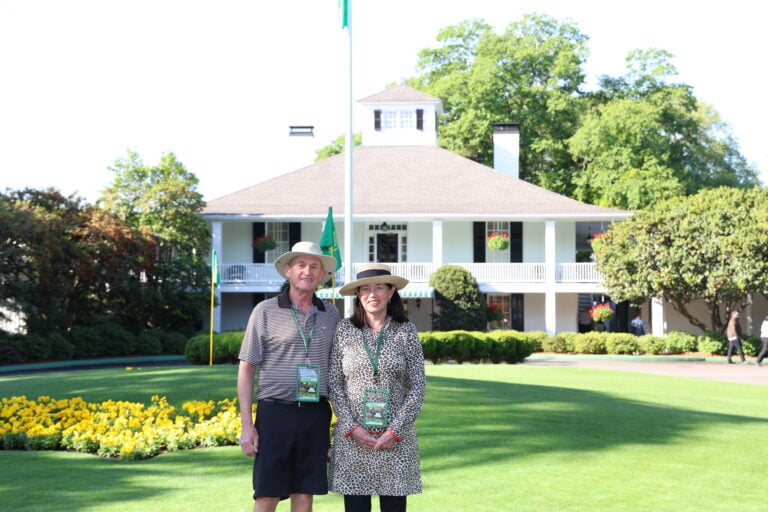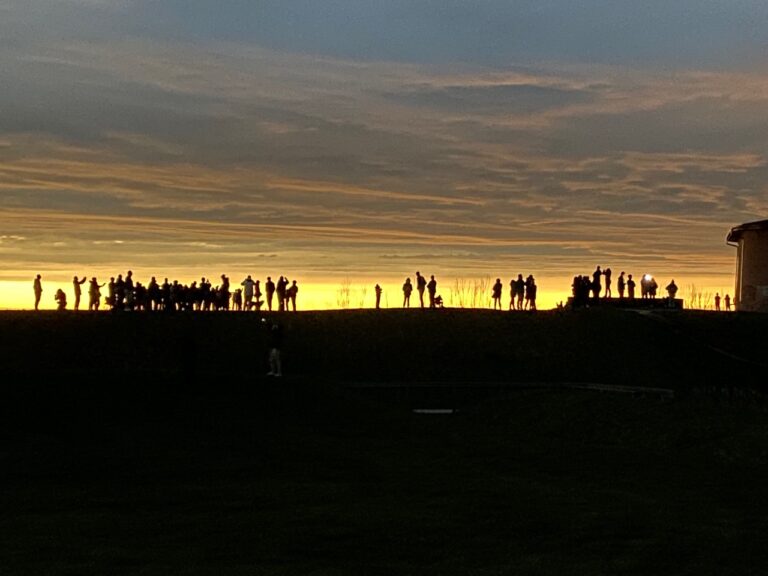International Women’s Day is March 8. This story takes a look at the role of some women during the War of 1812.
Mary Madden Henry handed the troops hot beverages and food as the vicious and unforgiving war continued all around her.
It’s a sight that would remain forever etched in the soldiers’ memories.
It was May of 1813 and the Americans had just attacked British troops at Fort George in what is now Niagara-on-the-Lake.
Amid the fighting and chaos, Henry, who was married to a lighthouse keeper named Dominic Henry, surely knew the risk she was taking. Still she braved the prospect of injury or death to help the troops.
The lighthouse was located where the remnants of Fort Mississauga are today, along the shore of Lake Ontario, surrounded by what is now the Niagara-on-the-Lake Golf Club.
“Mary calmly walked through the men with refreshments and helped the wounded several times as the battle raged on,” Sarah Kaufman, managing director of the Niagara-on-the-Lake Museum, told a crowd at Navy Hall on Friday.
“She returned to her house, near the lighthouse, of course, for more supplies. Miraculously, she was not wounded,” she added.
When the Americans torched homes in town, Henry housed as many people as she could.
While Henry’s story is a favourite of Kaufman’s, it was one of many shared during the “Niagara’s Women of War” Fireside Friday presentation, the last in a series of talks organized by the Friends of Fort George.
“The life of women during this period was primarily shaped by their environment,” said Kaufman.
“It was a reflection of their class, their religion and most certainly their husband’s profession and status,” she added.
She spoke of those who were caught in the burning of Niagara-on-the-Lake by the retreating Americans in December 1813.
“Most of the people were women and children, as nearly all the males were away serving in the British army or in the local militias, and they had retreated to Burlington Heights after the Battle of Fort George,” said Kaufman.
She related the story of Elizabeth Quade, the daughter of Mary Madden and Dominic Henry. Quade was a child during the war, but revealed her story to the world when she was 84.
She described some of her experiences to a reporter in Ransomville, N.Y., in 1888.
Kaufman said Quade “and several other children were playing in a wheelbarrow near the lighthouse when a cannonball struck about two feet from where they were.”
“So they decided to run behind the lighthouse, and (in) another moment another ball struck the wheelbarrow that they had just left,” she added.
Like many in attendance, Matthew Goodman found Kaufman’s presentation illuminating.
“I just enjoyed all the detail and the stories that they’re able to glean from the research,” the St. Catharines resident said.
As a history enthusiast, he enjoys being able to look at history “through different lenses (and) through different prisms,” he said.
On Friday, the crowd at Navy Hall was silent as Kaufman spoke about a handful of brave women on both the British and American sides.
She noted the roles of Elizabeth Campbell, Charlotte Dickson, Elizabeth Taylor, Julia Defield and Jane Kerby from the British side of the war.
On the American side were a Mrs. Gillette, Mrs. Doyle and Margaret St. Johns.
Regardless of which side they were on, they had one thing in common: all were courageous in a time of great danger and suffering.
- In recognition of International Women’s Day, next week The Lake Report will publish a special keepsake section celebrating the women of NOTL.











